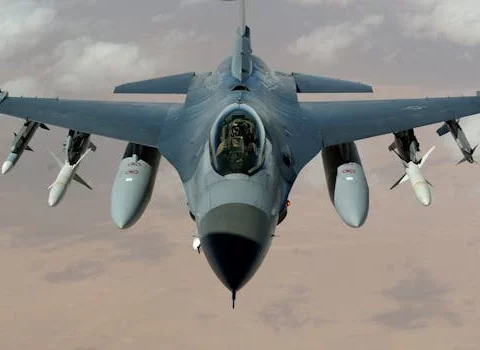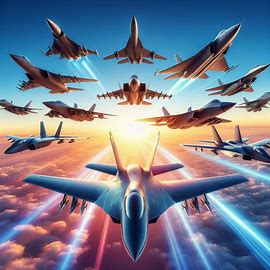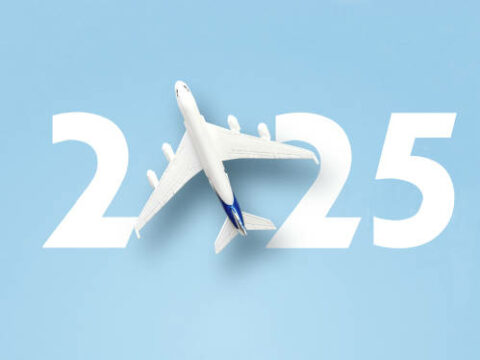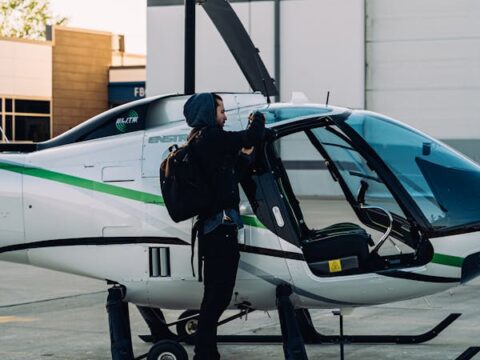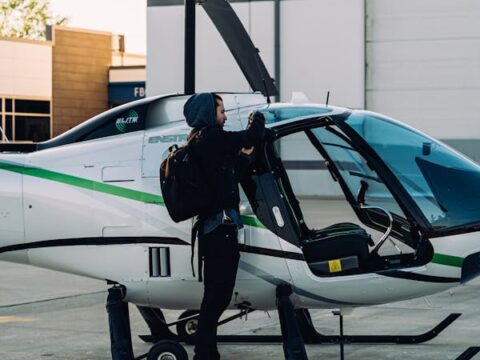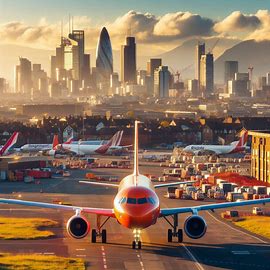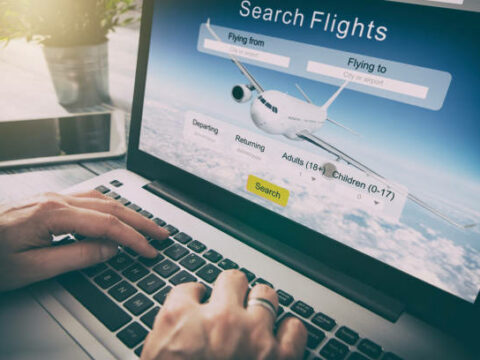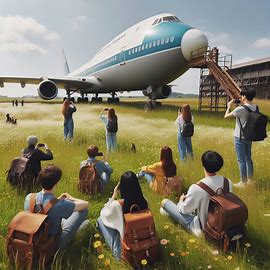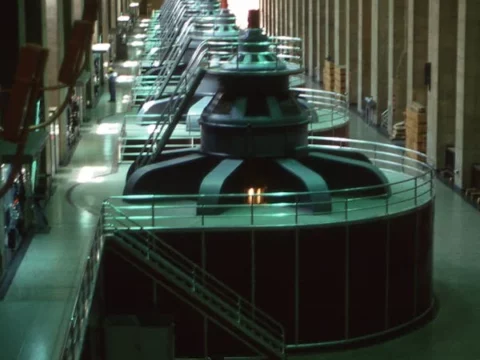Month: June 2025
Military Jets vs. Fighter Planes: What’s the Difference?
Introduction In the vast and complex world of military aviation, terms like “military jets” and “fighter planes” are often used interchangeably by the public. However,…
How Military Aircraft Have Evolved Over the Decades
Introduction Military aircraft have played a crucial role in shaping the outcomes of conflicts and the balance of power worldwide. From the early days of…
Top 10 Most Advanced Military Aircraft in the World
Introduction Military aviation technology has evolved dramatically over the past decades, with nations investing billions to develop aircraft that dominate the skies and ensure national…
Commercial Aircraft Trends Reshaping Air Travel in 2025
Introduction As the aviation industry emerges from post-pandemic disruption and embraces technological transformation, 2025 is shaping up to be a pivotal year for commercial aircraft…
The Economics Behind Commercial Aircraft Leasing
Introduction Aircraft leasing is the backbone of modern airline fleet strategy. While passengers may marvel at the aircraft they board, most are unaware that the…
Exploring Twin-Engine vs Quad-Engine Commercial Aircraft
Introduction The aviation industry has witnessed significant evolution in aircraft design, particularly in engine configurations. Among the most debated topics is the comparison of twin-engine…
Budget Airlines and the Commercial Aircraft They Love
Introduction The rise of low-cost carriers has reshaped global air travel. Budget airlines operate on tight margins and prioritize operational efficiency, which heavily influences their…
How Airlines Choose Their Commercial Aircraft
Introduction Selecting the right aircraft is one of the most critical strategic decisions an airline can make. From route planning and cost efficiency to passenger…
What Happens When a Commercial Aircraft Retires?
Introduction Every aircraft has a lifespan. While most of their working years are spent soaring through the skies carrying passengers or cargo, there comes a…
Can Hydrogen Power the Next Generation of Aircraft?
Introduction As the aviation industry grapples with climate change and the push for decarbonization, hydrogen has emerged as one of the most promising alternatives to…

